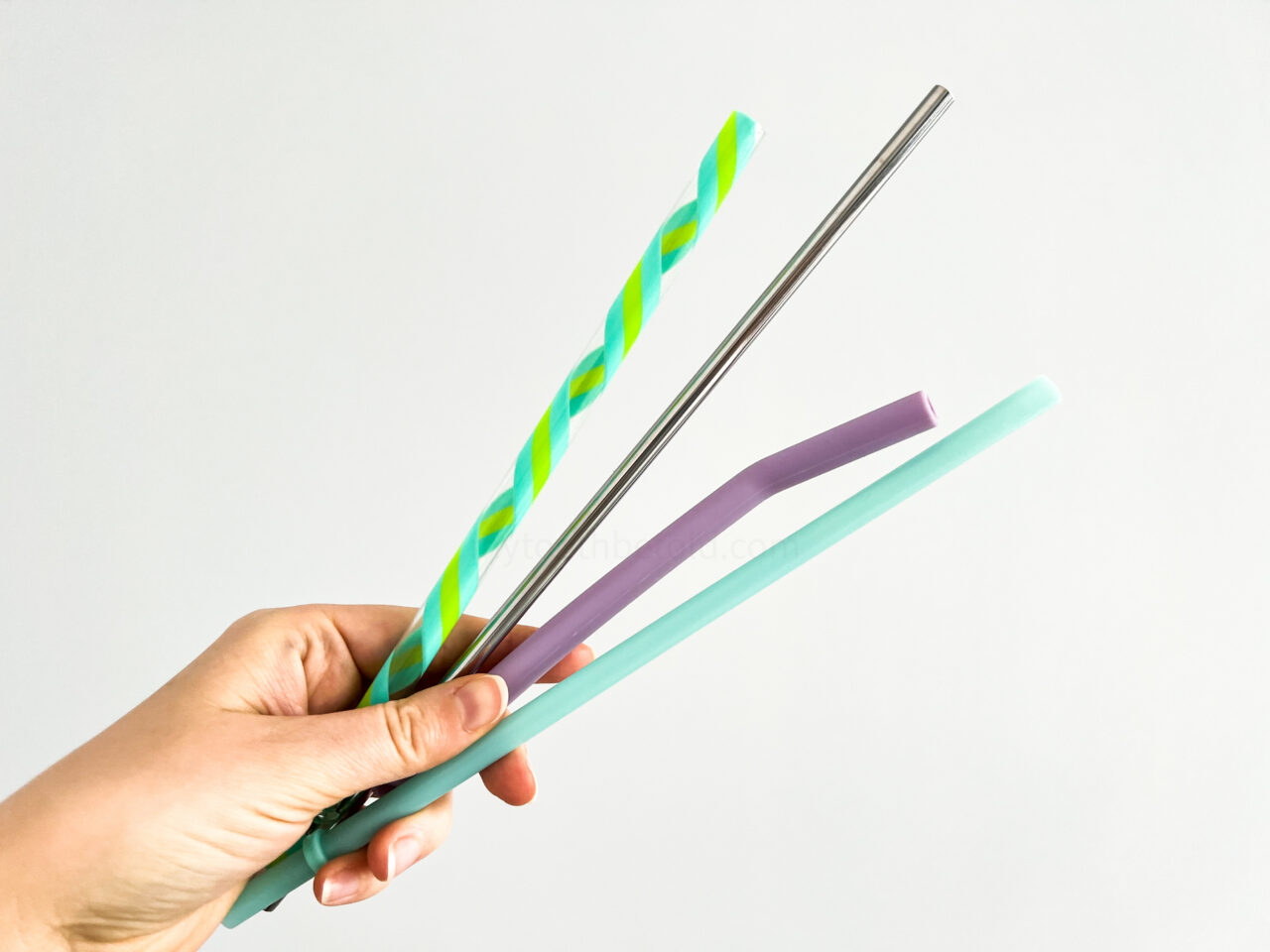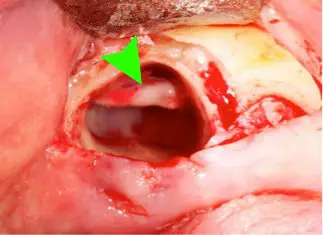
When discussing dental treatment with my patients at the dental office, I consult with them about post-operative instructions for procedures, including tooth extractions. Tooth extractions can be painful and cause issues if not taken care of correctly, and I discuss when it is safe to use a straw after tooth extractions.
Using a straw one week after a tooth extraction is safe because the risk of a dry socket rapidly declines after three days. During this time, the sucking motion can dislodge the blood clot, causing a dry socket, increasing the risk of pain and infection and delaying healing.
In this post, I cover why using a straw one week after a tooth extraction is safe but how certain situations can put you more at risk of having a dry socket within the one-week post extraction. I also touch on what to do if you accidentally drink from a straw.
Using a straw one week after tooth extraction; safety and risks
Tooth extractions are common and one of the most prevalent surgeries in North America. About 5 million teeth are extracted in the United States each year!
Having a tooth extracted can be nerve-wracking and comes with an entire list of post-operative instructions that can be easily forgotten, such as the restrictions of drinking through a straw!
Because the sucking motion of drinking through a straw can dislodge the blood clot forming in the extraction site, avoiding them is essential.
The extraction site goes through many stages of healing within the first three days and even the first week post-extraction.
One week after tooth extraction, the blood clot in the extraction site will be replaced by tissue-building cells and collagen fibres, and the first stage of bone starts to rebuild.
The first three days post-extraction is critical for healing, and swelling will peak around 72 hours. So, please do not use straws for at least three days post-tooth extraction!
If you want to learn more about what else to avoid doing during the healing process and how to speed up healing, the link below is a post I wrote, including information that will help you prevent a dry socket and recover faster!
Read Now: How Long After Tooth Extraction Can I Use a Straw?
Healing after tooth extraction can depend on the patient’s overall health, the reasons for the extraction, for example, if there was an infection or was a simple extraction, the age of the patients and the medications they are taking.
If you have medical conditions such as diabetes or arthritis or are taking blood thinners, the risk of a dry socket is higher, and out of pure precaution, you may want to wait longer to start using a straw after tooth extraction.
I know that I am a super risk-averse person, and when I am told not to do something like drink through a straw after a tooth extraction, in my mind, if I do it by accident, the worst will happen.
I err on the side of caution, and when I got my wisdom teeth out, I didn’t use a straw for almost two weeks, even though I knew it was safe.
If you accidentally use a straw, below is the information you need to know.
Read Now: Hygienists Guide: Eating Popcorn After Wisdom Teeth Removal
I accidentally drank from a straw a week after wisdom tooth extraction. What to do
If you accidentally drank from a straw a week after wisdom tooth extraction, you will most likely be fine, as the most critical stages of healing have already passed.
The blood clot that forms in the empty socket where the tooth was is at the most risk the first three days after the tooth is extracted.
If you drink through a straw too soon and are worried that you caused a dry socket, below is a list of what to do.
- Observe your mouth for bleeding.
- Look at the extraction site to see if it looks empty or partly empty.
- Check your mouth with a bright light to see if there is visible bone.
- Do you have an unpleasant taste in your mouth?

If you notice these things, it is best to contact the dental professional who performed the extraction procedure. I always tell my patients it is best to be safe and have things checked if they are concerned.
A dry socket can lead to pain and infection, and preventing such things is very important. Issues caught early can be treated early, and healing can resume.
I hope this information has given you the guidance you were looking for!
Have a great day,
Holly 🙂

